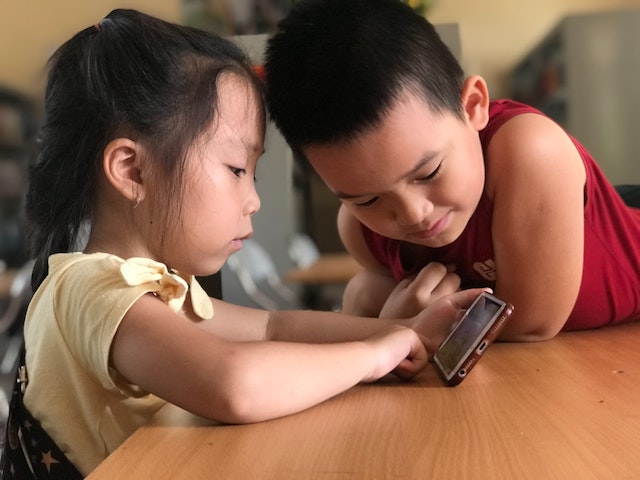Children engage with digital media and devices at very young ages. According to a March 2020 poll by the Pew Research Center, parents reported that 35% of children two years or younger interacted with tablet computers. For this same age group, parents reported that 49% interacted with smartphones. By the ages of 5 through 8, 81% of children used tablets and 59% used smartphones. It is notable that the article in which these results appeared does not mention the Covid pandemic and subsequent school closures. In 2021, the Pew Research Center reached out to the parents they’d previously polled. A subsequent article presents a stunning 68% increase in tablet use and a 63% increase in smartphone use. Though devices brought children social and educational opportunities otherwise unavailable during the pandemic, they also brought new dangers. With the increase in device use among younger children, teaching digital safety in schools is more crucial than ever.
Methods for Teaching Digital Safety in Schools
In an article for North Carolina State University’s College of Education News, Janine Bowen interviewed Florence Martin about teaching digital safety in schools. Florence Martin, a professor of learning, design and technology, stated that with the development of touchscreens, children are “getting proficient” with technology “before preschool.” Therefore, Martin urges schools to teach digital safety at a young age – “even at the preschool level.” In her research, Martin identified four areas of concern — the “four C’s” — on which to focus with young children.
Teaching Digital Safety: The “Four C’s”
First, Martin stated the importance of teaching “content-related concerns.” This includes the access of websites that may not be age-appropriate for children. She next mentioned “conduct-related concerns.” In lessons addressing these concerns, schools should discuss online behavior, including cyberbullying. Next, Martin identified “contact-related concerns.” These concerns include communication with strangers. In some cases, Martin says, “kids don’t always realize what they should share and what they should not share.” This could endanger them, especially in instances of grooming. Lastly, Martin discusses “contract-related concerns,” which involve understanding the terms and conditions of accounts on the internet.
Teaching Digital Safety with LearnSafe
Installing screen monitoring software is another method of teaching digital safety in schools. Screen monitoring software, such as LearnSafe, teaches digital citizenship and digital safety. Students will be more cautious about their online behavior when LearnSafe is installed on school computers. This helps students learn how to think more carefully and fully about their online behavior and interactions with strangers. Moreover, LearnSafe offers protection in case of mistakes by protecting students from harm. Along with content filters, LearnSafe protects students from accessing age-inappropriate content. Also, LearnSafe detects at-risk behavior and instances of cyberbullying and grooming on school computers. In this way, LearnSafe teaches digital safety while keeping students from harm.


